A British woman bought a derelict two-story house in Liverpool for £1. She then spent £56,000 on renovations, but has since run out of money to complete the job take a look.
Amanda Goh

- Maxine Sharples, 35, bought a crumbling £1 house in Liverpool, UK, under a government scheme.
- She quit her job to manage the renovation and did much of the work herself — including bricklaying.
In 2015, Maxine Sharples applied for a government scheme that allowed people to buy a derelict property for £1. She was 28 and wanted to try her luck at getting into the housing market.
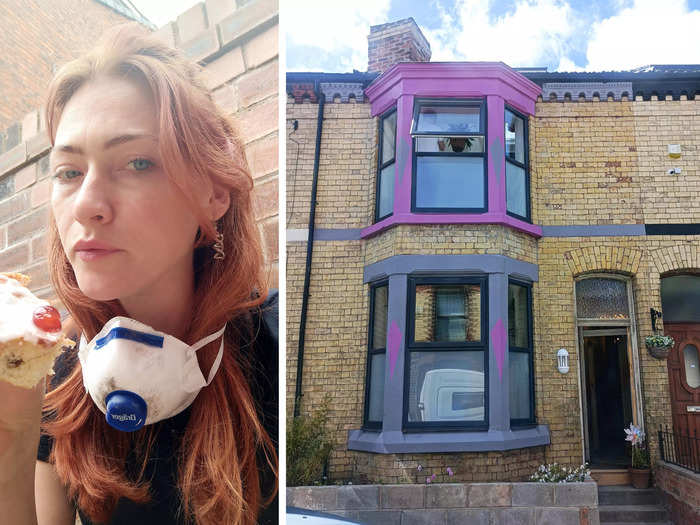
The Homes for a Pound scheme was launched in 2013 by the Liverpool city council to increase homeownership by encouraging its citizens to bring empty, derelict properties in the city back into use.
Successful applicants are required to refurbish the property to the "Decent Homes Standard", live in it for five years, and comply with an agreed schedule of work.
When Sharples first caught wind of the program, she had only recently completed her postgrad education at the Liverpool John Moores University.
"I didn't have two pennies to rub together in savings but I applied anyway," Sharples told Insider. "I thought I'd just cross that bridge when I got to it, if they did ever shortlist me."
She received a standard 'thank you' email after submitting her application and waited patiently for a response. But as months turned into years, the silence dragged on and she ended up forgetting all about it.
Four years later, in 2019, Sharples received an unexpected phone call saying she had won her bid. She was allocated a run-down Victorian terrace that had been sitting empty for almost 15 years.
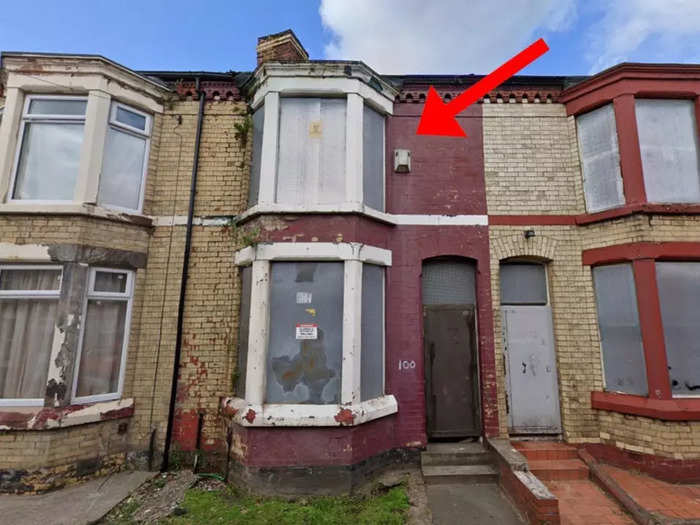
The timing of the call came as a surprise: Just a month earlier, Sharples found out she had inherited £60,000 from her late father who had passed away the year before — which meant she now had the money she needed to fund the renovation.
"The place was crumbling, but I absolutely loved it," she said. "This was a very rare opportunity and I was chosen, so I would've taken the house in whatever condition it was in."
The two-bedroom home was located on Webster Road, next to over 100 similarly dilapidated houses under the same scheme, she said.
Part of the requirements was that Sharples had to complete the renovation within a year, or risk losing the keys to the house. To ensure she could meet the council's deadline, she decided to quit her full-time job at the university and manage the construction herself.
But it wasn't easy: All the windows were smashed in and the interiors were damaged due to the leaky roof. The 645-square-foot house didn't even have an electrical supply.
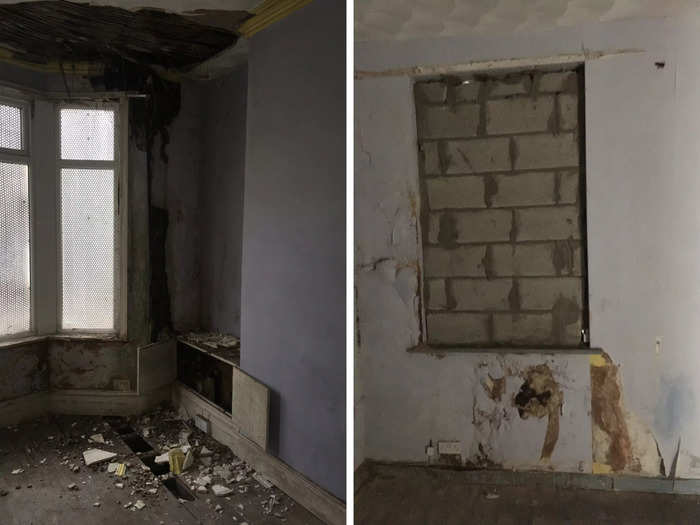
"The whole house had been stripped bare because it was earmarked for demolition," Sharples said. "The radiators and even the lead flashing that you bind the roof tiles with had been taken by people to get money for scrap metal."
The city council had no choice but to board up the front of the house to stop people from breaking in, she said.
"Since the roof had its metal taken, it was leaking and that was probably the biggest problem. Water can damage a house quicker than anything," she added.
"Immediately when I first walked into the house, I thought 'This is dark. This is dank. This is not going to be good for my plants,'" Sharples said.
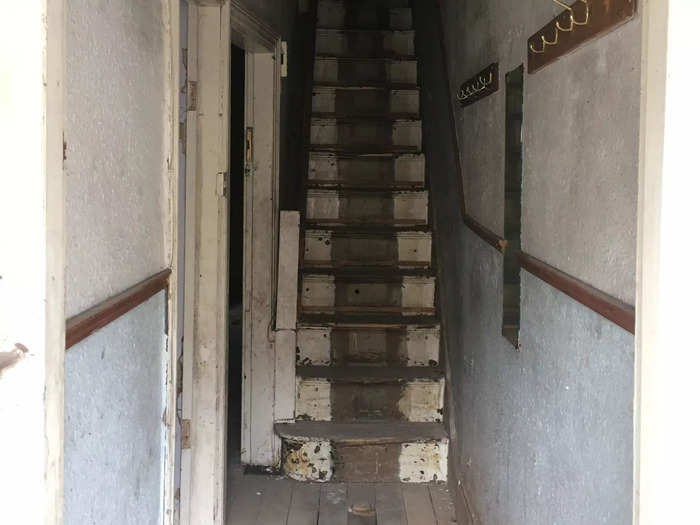
The original layout of the home included a staircase right by the entrance and a mini loft above the second floor, she said.
All the internal walls made the house feel dark and cramped, so Sharples decided to work with an architect to completely reconfigure the space.
That was when she realized she wanted to flip the house "upside down", with the kitchen and living space upstairs and her bedroom on the first floor.
"By removing the loft and all the walls upstairs, I could have an open-floor plan with high ceilings," she added. "I didn't necessarily copy this from another house — I just made it up as I was in the space."
Just as she was about to begin her renovation, the pandemic struck and the UK went into lockdown. Unable to find builders within her budget, Sharples decided to take on the bulk of the work herself.
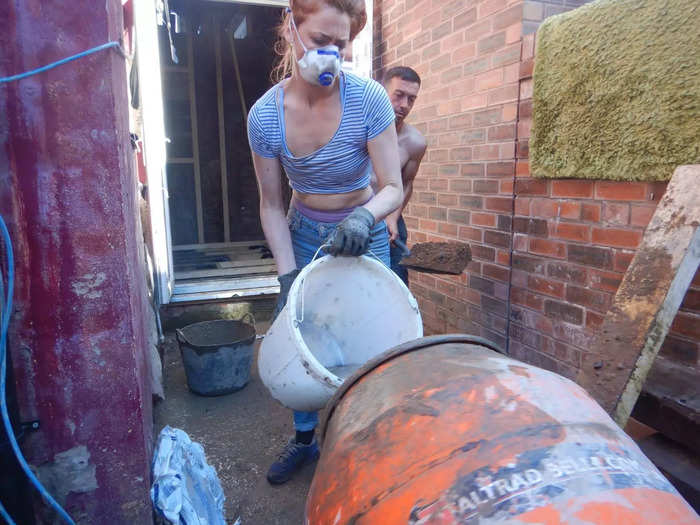
"The cheapest quote that I could get was around £100,000 to renovate my house. A lot of the contractors were a bit put off by the new layout and they weren't sure about whether they could do it," Sharples said.
Refusing to give up on her ideas, she took matters into her own hands: She picked up bricklaying and joinery skills from other builders and through Youtube.
"I learned it out of necessity," she said. "There's always a shortfall in between jobs when you have separate trades coming in and I had to pick up that slack, and a lot of that was rendering brickwork and basic joinery."
Thankfully, amidst the delays caused by the pandemic, the council granted her another 12-month extension to complete the work, she added.
To achieve her "upside down" house design, the first thing Sharples needed to do was to gut the interiors completely. All the inside walls and the loft had to go.
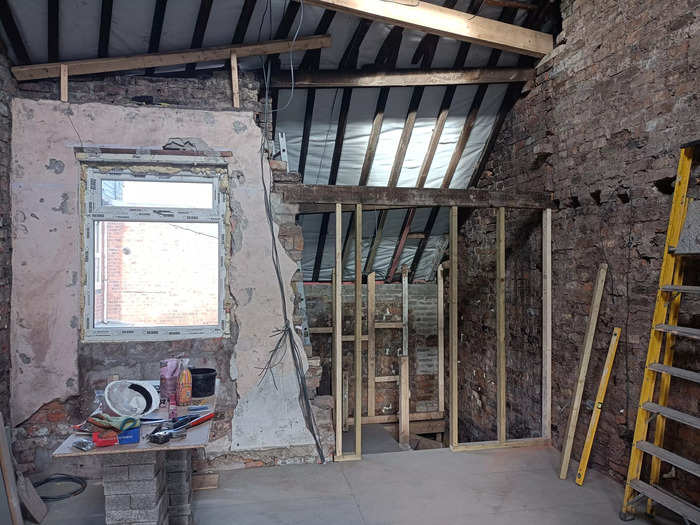
"We kept the loft in so we could have some kind of platform to put in the steel beams in the roof," Sharples said. "That was a very early job, and once the steels were in, we started to smash the floor down from the loft, and then the walls downstairs."
Even the exterior was in bad shape: The paint was chipped and the roots of a budding tree had damaged the brickwork on the house's facade.
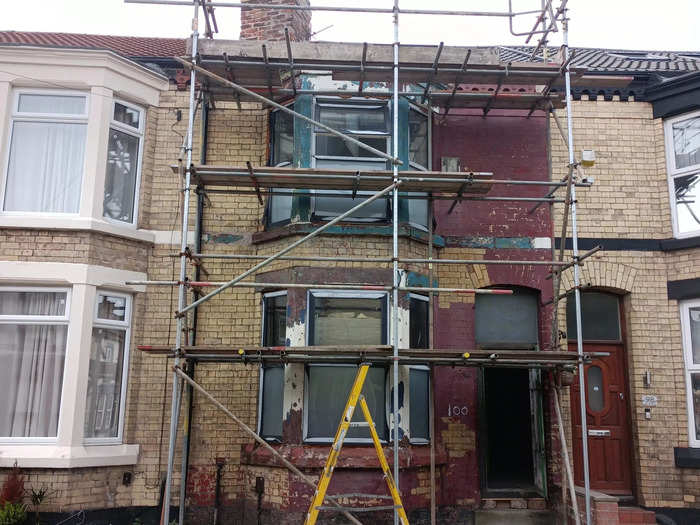
"Because of the water ingress in the house, a tree had taken root in the front bay and caused one of the pillars to shift, which I needed to fix," Sharples said.
She also scraped the existing maroon paint on the outside of the house off to expose the original yellow bricks, she said.
"The job that we've done on the front of the house is not to my standards, but it's better than what it looked like when I had got the keys," she added.
Sharples' favorite part of the entire renovation was adding the skylights to the roof.
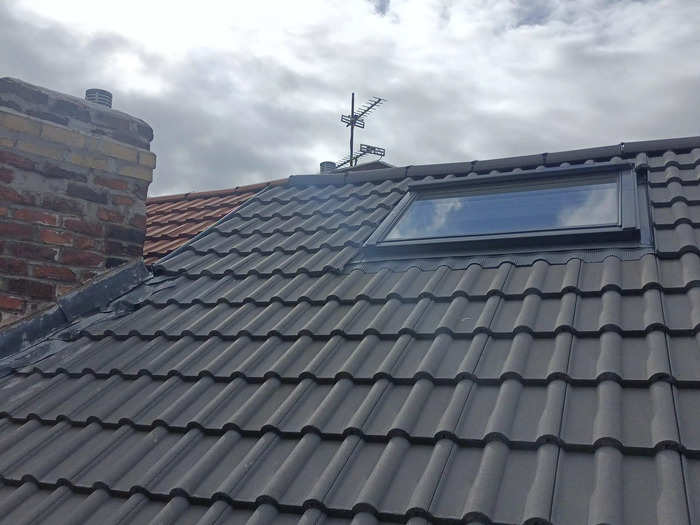
This happened during the early days of the renovation when she didn't have any electricity and was borrowing from next door. When the new roof and the skylights were installed, the whole house was flooded with light, Sharples said.
"As soon as I got the windows in the roof, I could see what I was doing," she said. "Everything changed. I didn't realize that natural daylight can make such a difference to my well-being and my life."
Halfway through the renovation, Sharples decided to move into a campervan to save money.
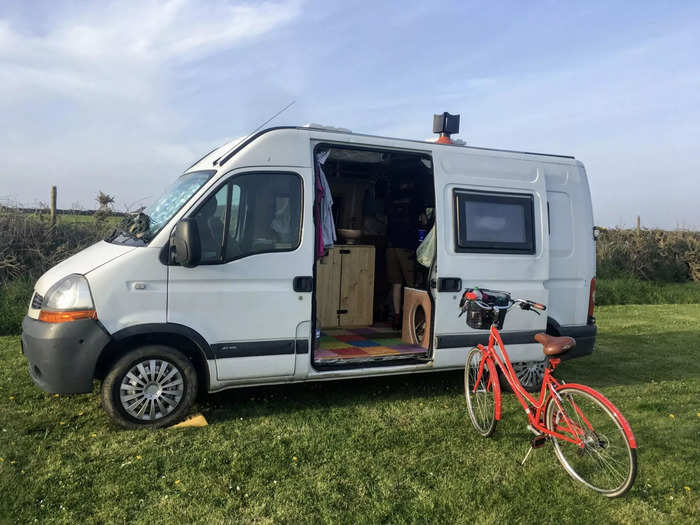
Although she quit her full-time job in November 2019, the council took some time to settle the paperwork and she was only able to get the keys to the house in February 2020.
"We went into our first lockdown shortly after. I wasn't working and I was fast spending the money that was supposed to be for the house on just living expenses — the stuff that my salary should have been paying for," Sharples said.
She decided to give up the apartment she was living in and moved into a campervan.
"I did that for the summer months and then when it became cold, I rented a temporary room in a shared house. When it was summer again in 2021, I moved back into my van and then moved back out again during the winter," she added.
In August 2021, Sharples found herself in a dark place: The house was nowhere near complete but she was running out of money and felt disillusioned by her situation.
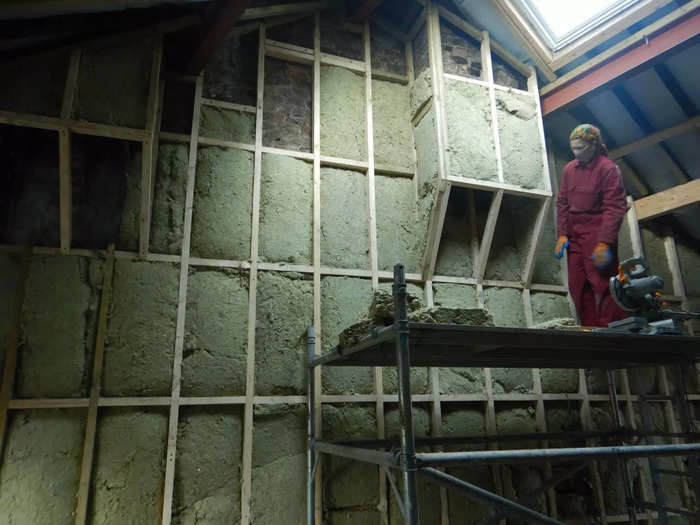
"I just got a little bit down. I was going through a breakup with my boyfriend and I kind of kept to myself. People were in lockdown, so no one was really talking to anyone either," Sharples said.
By chance, she bumped into some old friends in the park who immediately offered to help her out.
"I broke down and told them that I was gonna walk away from it for at least a few months, and they encouraged me. They were like, 'Come on, we're going to get together. I'll come over.'" she said.
Sharples' friends chipped in, splitting the DIY jobs and helping her decide what needed to be outsourced. Slowly, her house started to take shape.
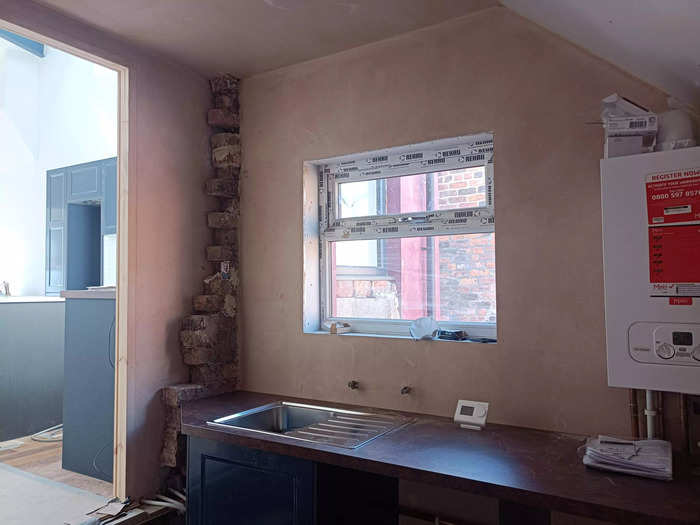
Sharples decided to convert the staircase landing of the second floor into a utility room where she would put her appliances.
"We had this big hole in the side of my house because we changed the window, so I focused on the brickwork and my friend James did the carpentry work," Sharples said.
The entire second floor and her bathroom were complete about ten months later, in June 2022, and the city council was no longer threatening to take away her keys.
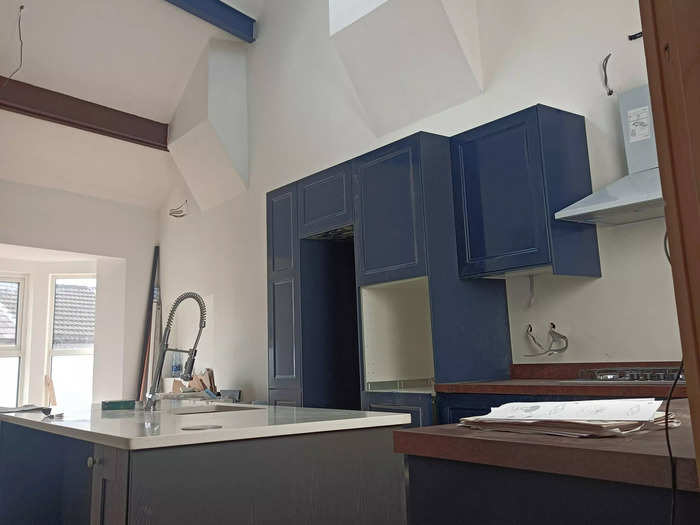
She had a living room, a kitchen, and a working bathroom — enough for it to fall under the council's "Decent Home Standard."
"You also needed to have your electrics signed off by a certified electrician, and the gas has to be signed off by an expert. You have to have windows and there's a minimum requirement for the insulation," Sharples said.
On the outside, Sharples kept the exposed brick facade and painted her bay windows pink and purple — although this "is not how it's supposed to look," she said.
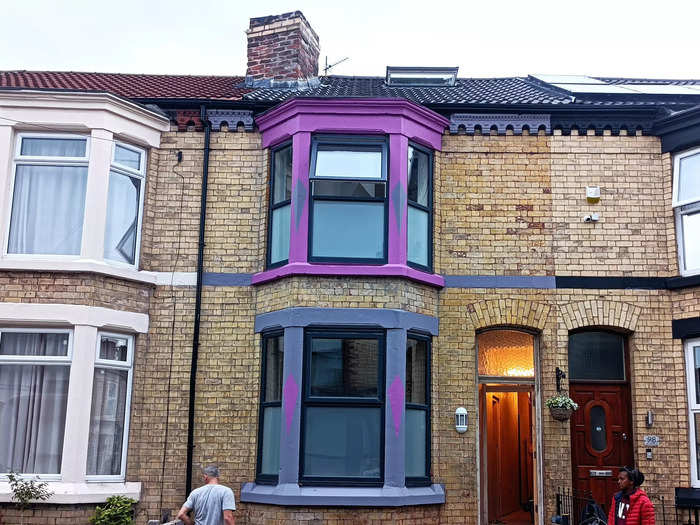
"I would probably repaint the upstairs bay because I don't like the color. I had the scaffold coming down the next day, so when I put the pink on it was too late to repaint," Sharples said.
It would cost her about £500 to put another scaffold up, which she can't afford at the moment, she added.
Sharples estimates that she has spent about £56,000 so far, but half of the house is still incomplete. While the first floor is wired and plastered, she can't have anything downstairs because there is no flooring.
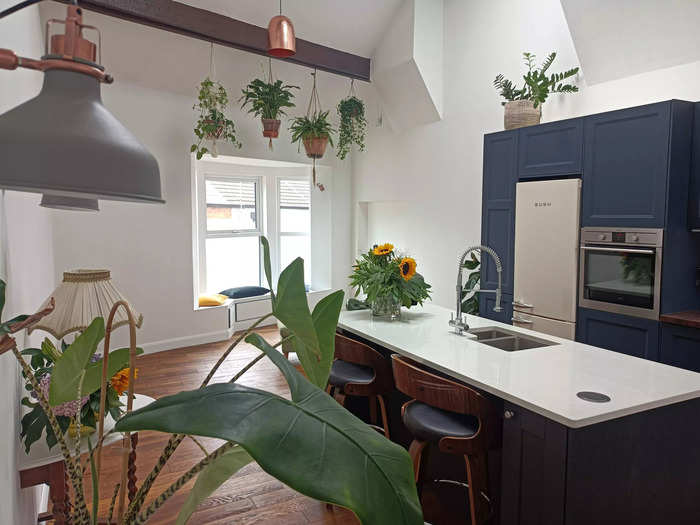
"I can't lay the flooring until I install the underfloor heating pipes — which I can't afford at the moment," Sharples said.
It's the last step of her nearly two-year-long renovation journey. Once the floors are laid she'll be able to shift her furniture in and have a proper bedroom downstairs.
Even though the house is unfinished, Sharples has moved in because she can't afford to rent another place to live.
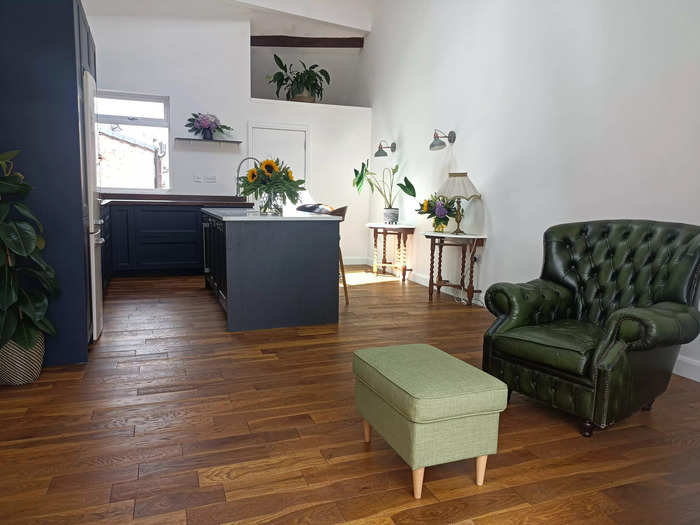
Sharples brought her bed up to the second floor and turned the empty space next to her couch into a temporary sleeping area, per her latest Instagram post. She has been documenting her renovation journey on her Instagram account, which has over 8,000 followers.
She's now working as a yoga teacher and uses her salary to fix up the remaining bits of the house whenever she can, she said.
"Every month now I pick a job that I can do that fits in my budget. This month it's the architraves, which are wooden frames around the doors, and last month was my back door gate," Sharples said.
Reflecting on her experience renovating an old house, Sharples realized she had been naive about the amount of work and money that was required of her.
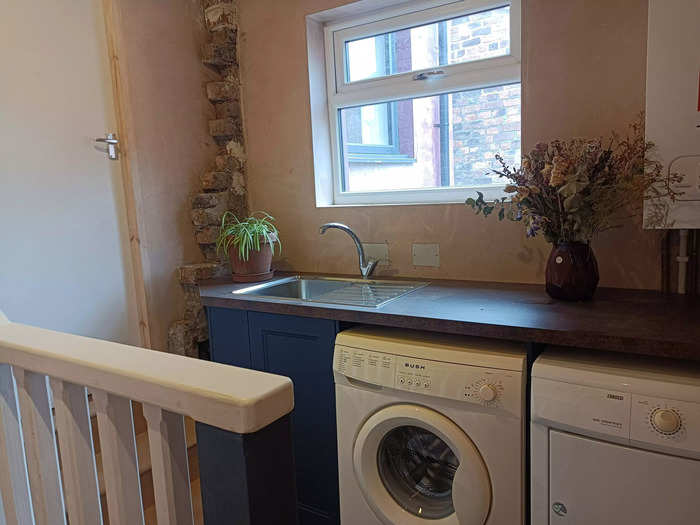
"I thought since I got the money, the renovation should be no problem," Sharples said. "For most people that's their first hurdle — not having the money. But I had £60,000."
It was only after a few surveys that it began to dawn on her that the house was in quite a bad condition and the funds she had might turn out to be insufficient, she added.
But her biggest mistake was taking too long to learn that she shouldn't pay people before they finished the job — unless they needed to buy materials, she said. Some builders she had engaged left her hanging when they disappeared after taking her money.
"I made about three or four of the same mistake before I learned from them because I was so desperate to find builders who could help me," Sharples said.
Despite the ups and downs of her long journey, Sharples is excited she finally has a proper place to call home thanks to the city council's scheme.
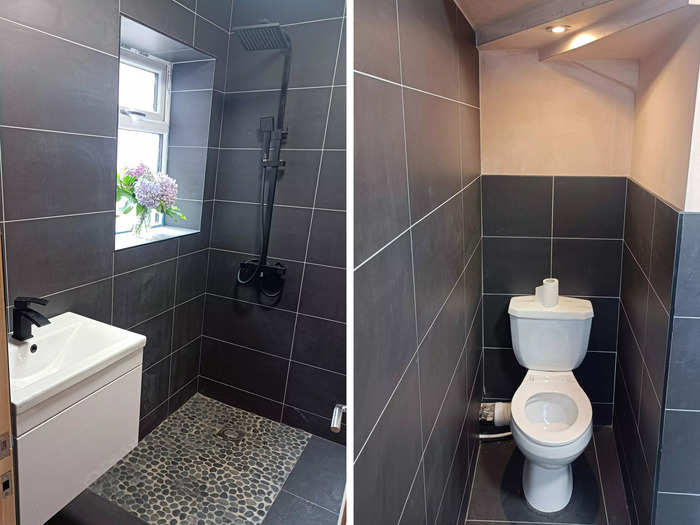
"I've moved so many times in my life," Sharples said. "I feel I can finally settle in a house that I brought back to life."
Popular Right Now
Popular Keywords
Advertisement